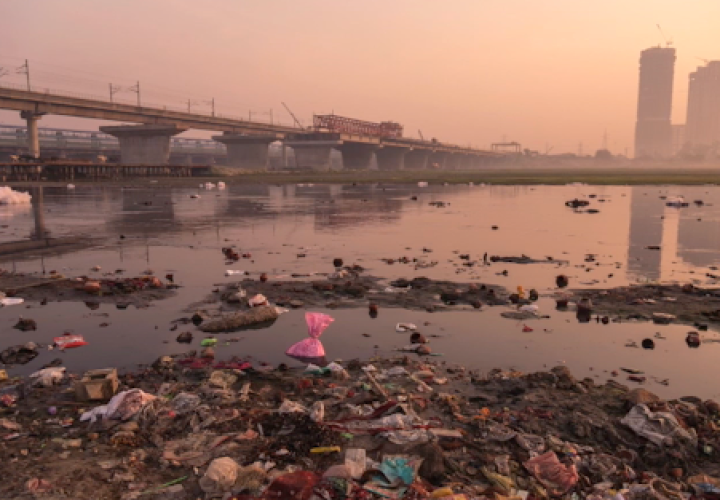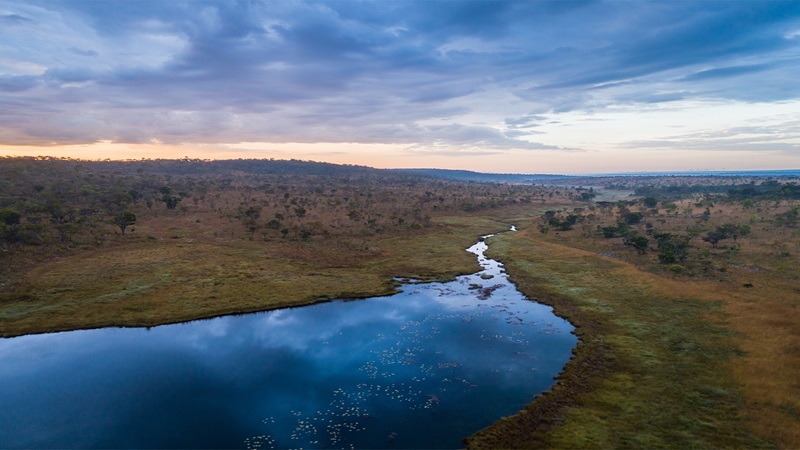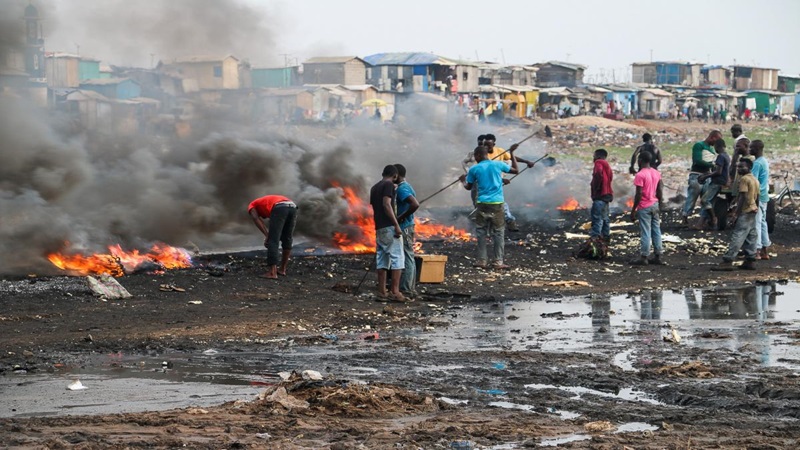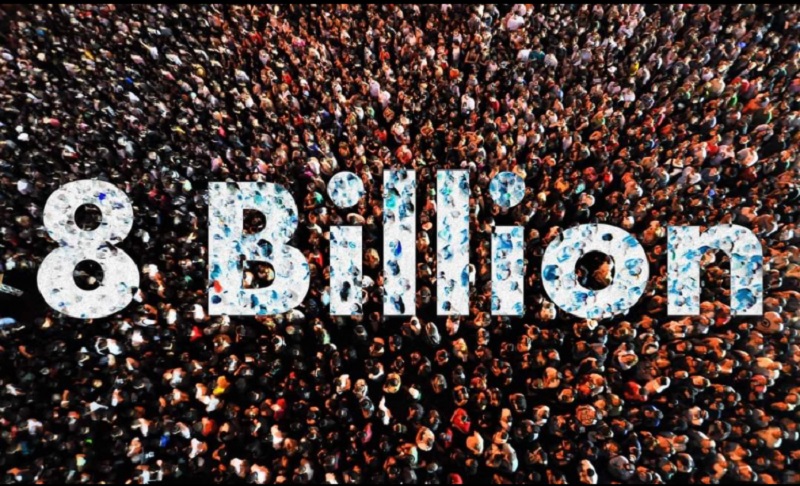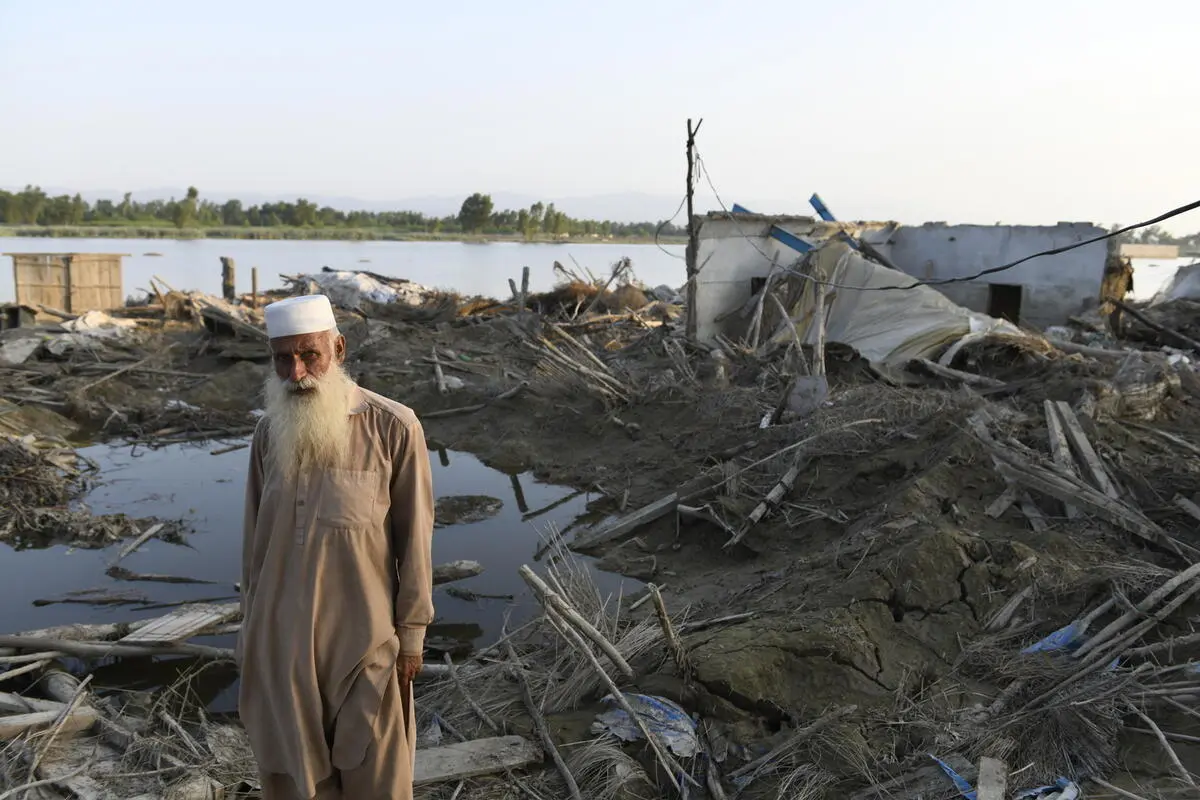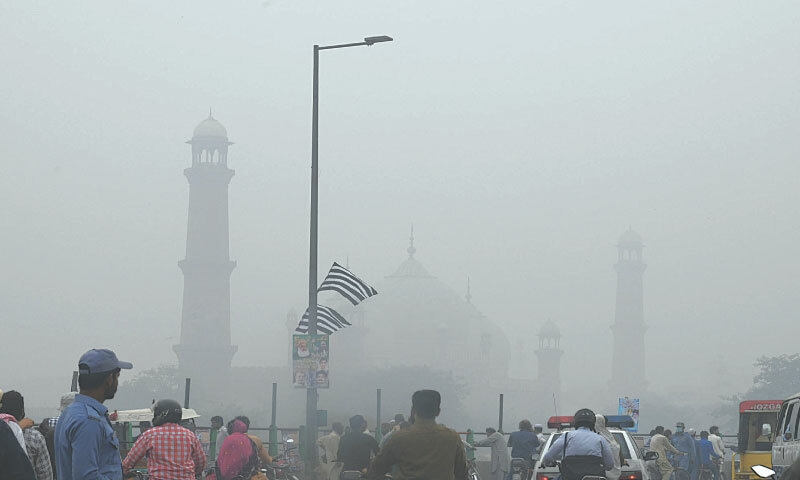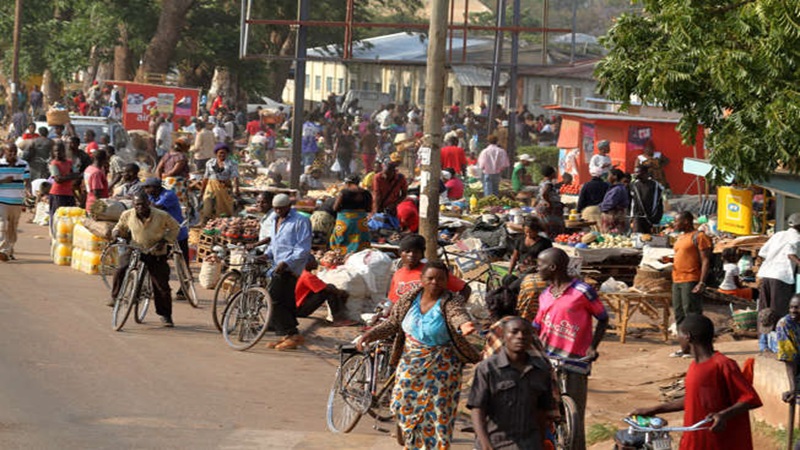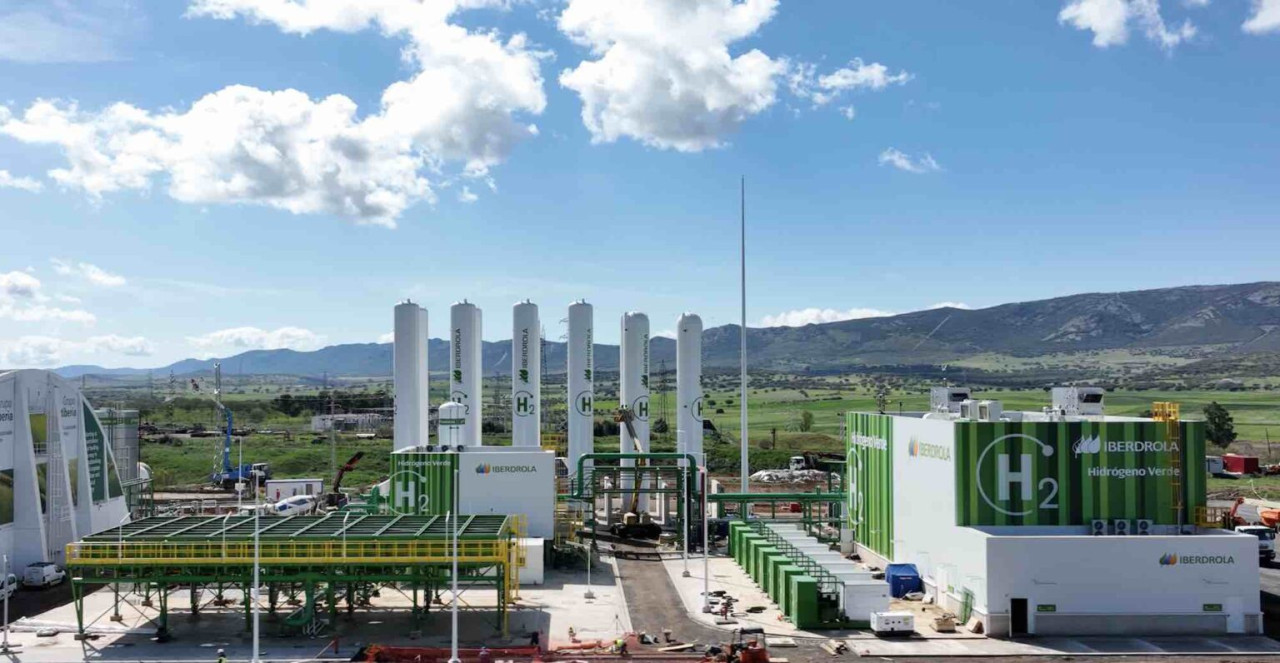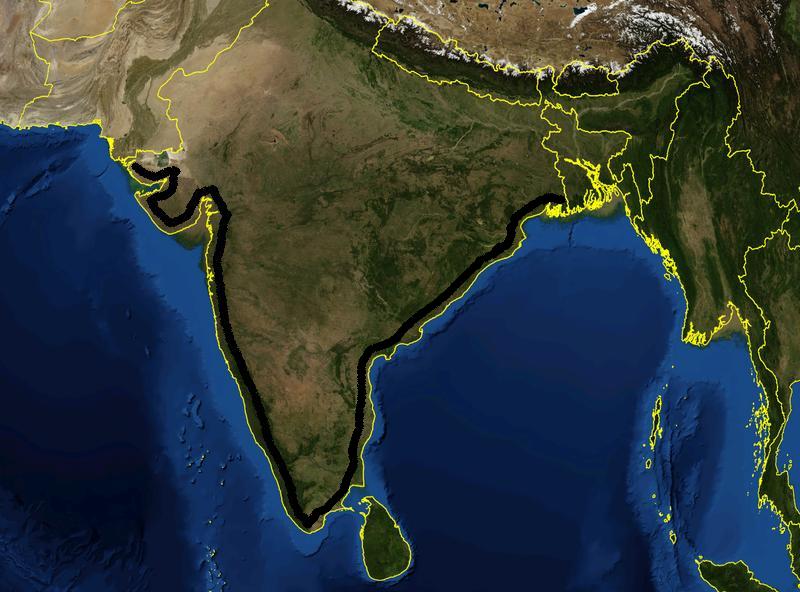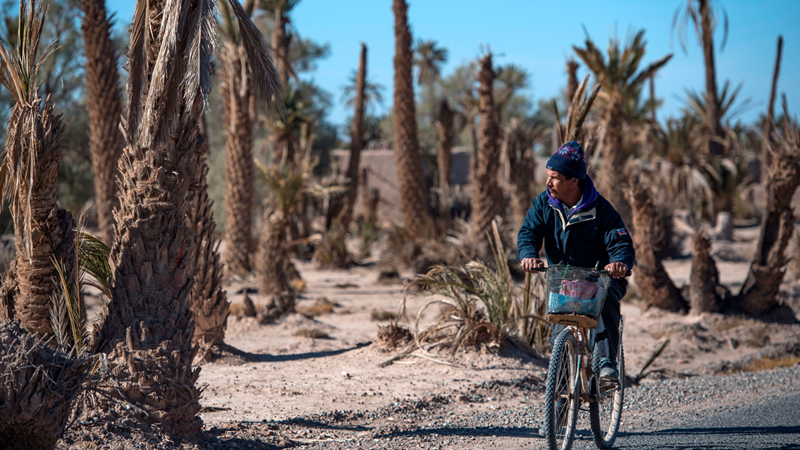The Negative Impact of Changing Climatic Conditions in Luanda and Its Effect on the Tourism Industry
Tourism is a vital sector for many countries, contributing significantly to their economies and providing jobs and income for local communities.
Humans have significantly contributed to environmental degradation, a problem that is especially severe in developing nations and third-world countries, where poor urban planning, unequal resource distribution, and unsustainable practices exacerbate the issue.
Many celebrated the day in mid-November 2022 that the global human population reached 8 billion.
Forced migration is a growing concern globally. With increasing climate changes, natural disasters, political instability, and economic downturns
Either ways, human beings have managed to indulge themselves in conflicts with fellow human individuals without thinking about or paying any kind of attention to its consequences.
What is decarbonization and why is it important? As the world continues its fight against climate change, decarbonization is one word that appear in our daily preposition when discussing climate change, not for anything but for a good reason.
With the global population surpassing 8 billion, the birth of new lives each day brings not only hope but also mounting challenges for our climate and ecosystems.
In the town of Anglesola (Lleida), the company Indox Energy Sistems, which last year won the Gasnam Award for Entrepreneurship and Innovation at the Green Gas Mobility Summit congress, has huge tanks for storing gases: liquefied natural gas and, for some time now, also green hydrogen.
In 2022, the G20 country of India made certain significant strides in the fight against climate change.
Climate change is an issue every nation around the world should act upon to reduce CO2 emissions and reduce the negative impacts of climate change.
Algeria, with its diverse landscapes from arid deserts to forested regions, faces rising temperatures, prolonged droughts, and extreme weather events, posing environmental and socio-economic threats to livelihoods, biodiversity, and essential resources in its fight against climate change.

